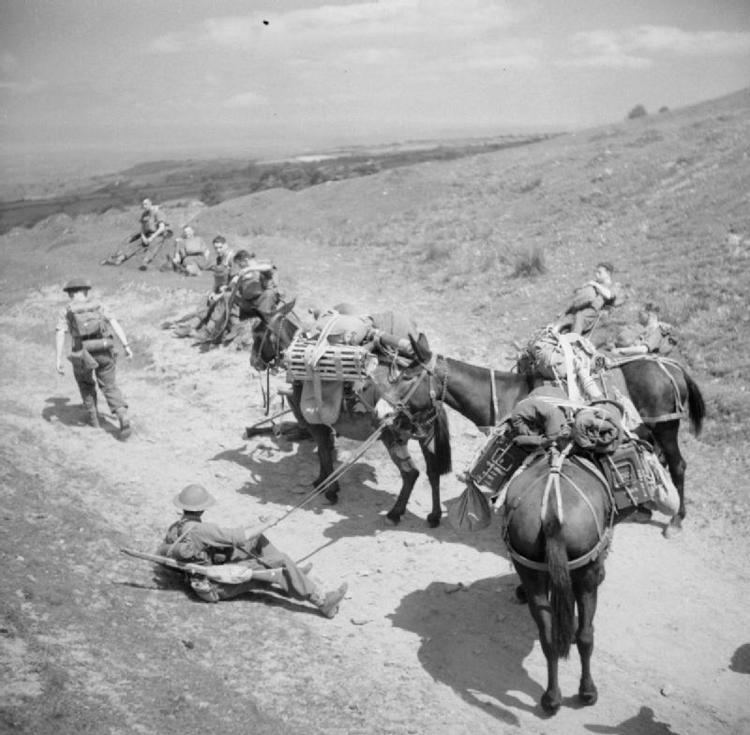 | ||
The 31st Brigade was an infantry brigade formation of the British Army in both World War I and World War II.
Contents
First World War
The 31st Brigade was originally raised in World War I in 1914 by volunteers from Kitchener's Army. During the First World War, it was assigned to the 10th (Irish) Division and served in the Middle Eastern theatre at Gallipoli, Salonika and Palestine.
Order of battle
Second World War
The 31st Infantry Brigade was reformed in World War II as an independent brigade group in the United Kingdom on 17 July 1940, composed entirely of Regular Army troops who had previously been stationed in British India. On 26–27 September 1940 it was assigned to defend the Royal Military Canal, a few miles from Hythe and Dover on the south coast. There is a detailed description of this defence area in British archival survey sources. At this time it appears to have been part of IV Corps, in South East Command.
Order of battle
and supporting units. In late 1941, it had just returned to the United Kingdom after training for mountain warfare in British India.
Under the command of Brigadier George Hopkinson, the brigade was redesignated the 1st Airlanding Brigade Group on 10 October 1941 (on 10 December 1941- IWM) and came under command of the 1st Airborne Division. 'It probably lost its unique badge at about this time although it did not lose its Group status until 10 March 1943.'
On 15 April 1946, almost a year after the end of the war in Europe, the 6th Airlanding Brigade was renamed the 31st Independent Brigade. This brigade wore a black desert rat on a red oval.
